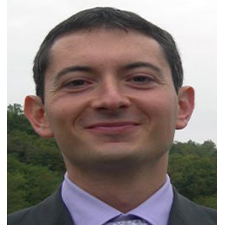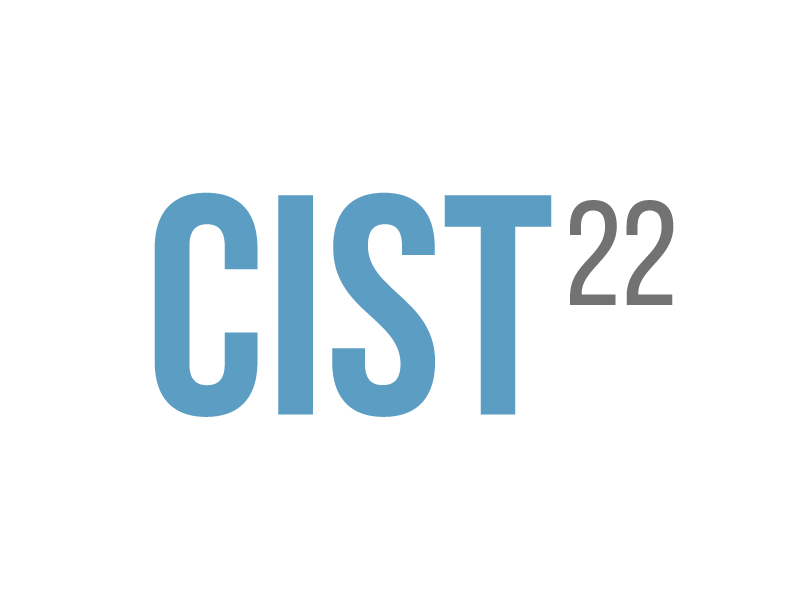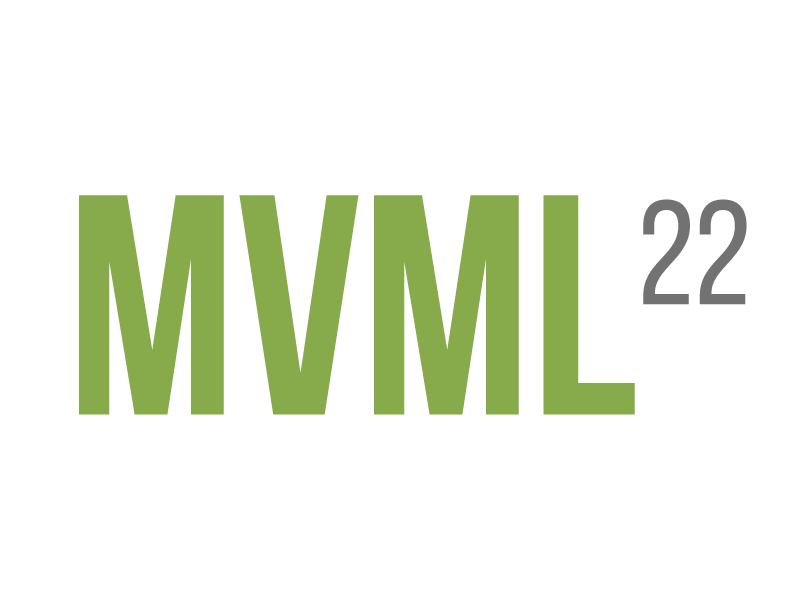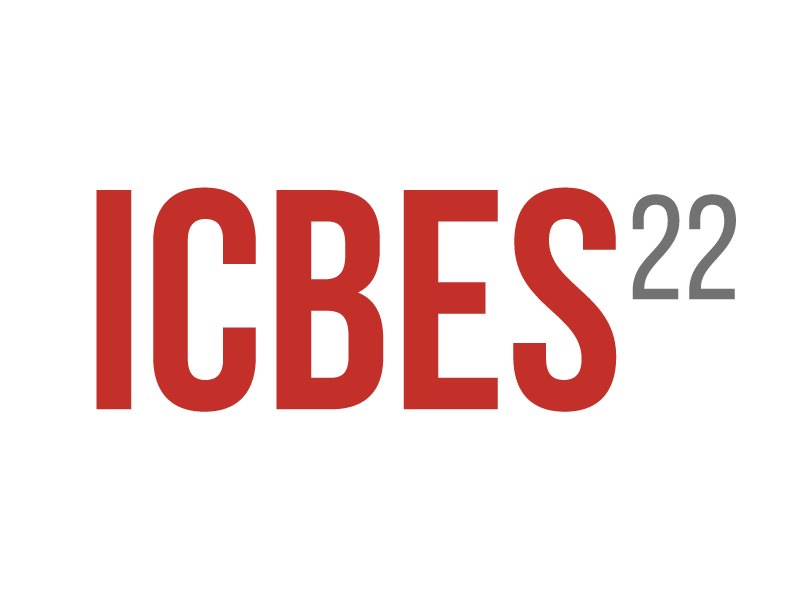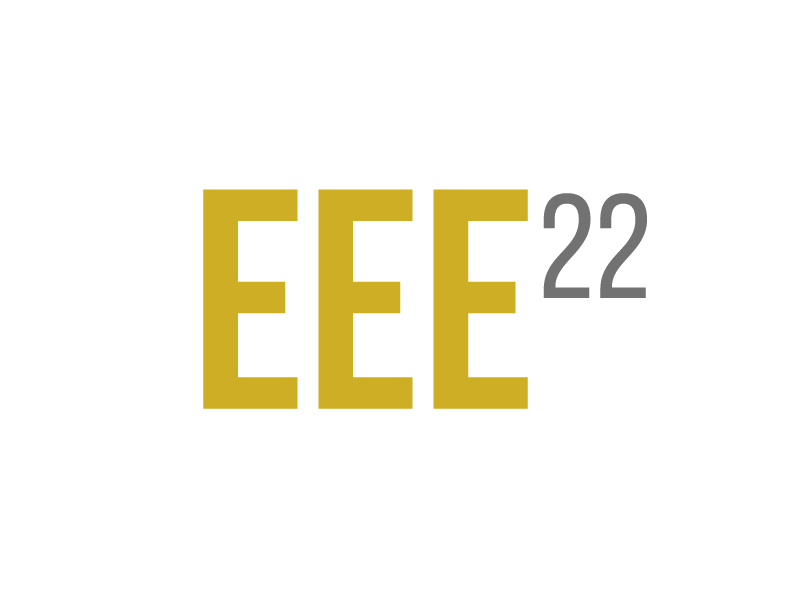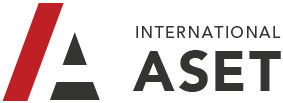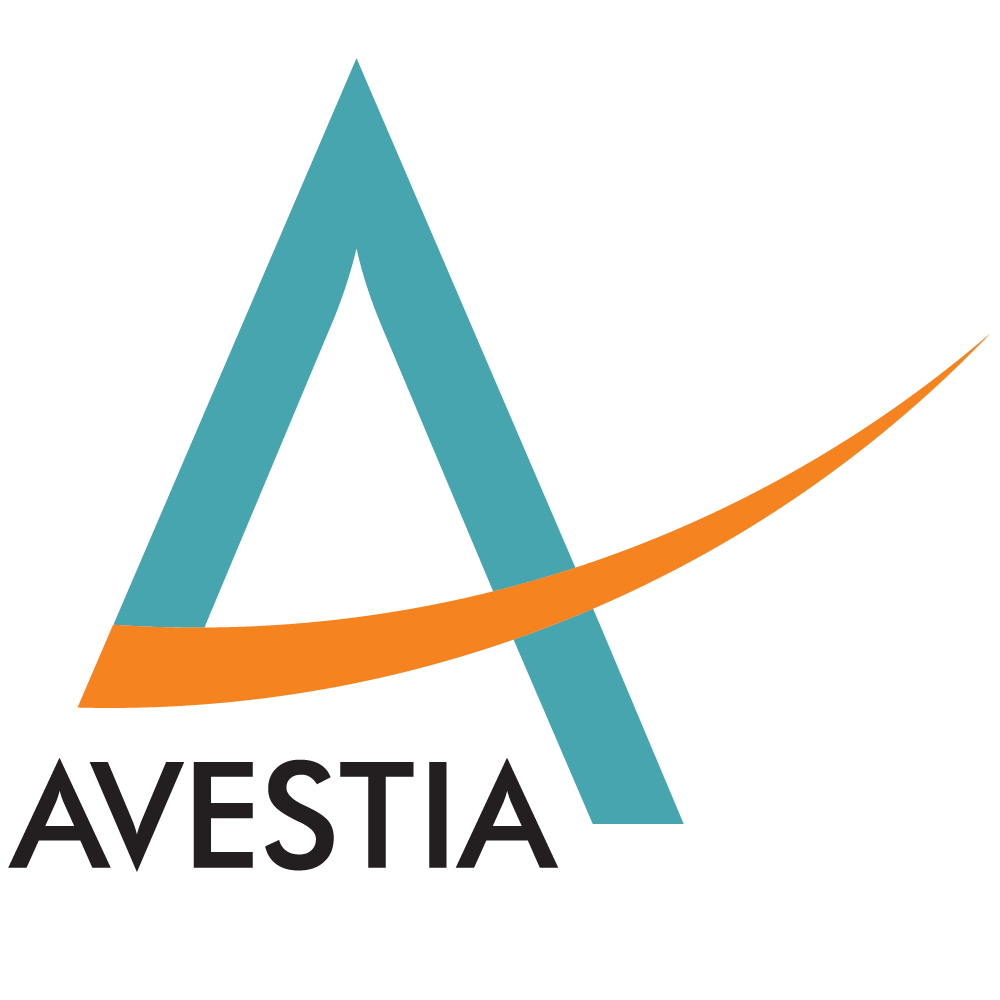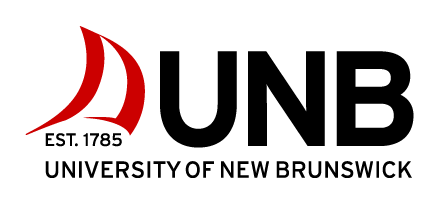The 8th World Congress on Electrical Engineering and Computer Systems and Science (EECSS'22) will be delivered in-person in Prague and virtually, providing the opportunity of online presentation for the people who can not travel for any reason. Attendees will be able to connect with researchers from across the globe and network in-person or virtually. The registration fee for virtual participation is reduced.
EECSS is aimed to become one of the leading international annual congresses in the fields of electrical engineering and computer systems and science. The congress is composed of 5 conferences. While each conference consists of an individual and separate theme, the 5 conferences share considerable overlap, which prompted the organization of this congress.
CIST'22 - 7th International Conference on Computer and Information Science and Technology
MHCI'22 - 9th International Conference on Multimedia and Human-Computer Interaction
MVML'22 - 8th International Conference on Machine Vision and Machine Learning
ICBES'22 - 9th International Conference on Biomedical Engineering and Systems
EEE'22 - 8th International Conference on Electrical Engineering and Electronics
This Electrical Congress 2022 will provide excellent opportunities to the scientists, researchers, industrial engineers, and university students to present their research achievements and to develop new collaborations and partnerships with experts in the field.
Submissions
Submissions in the form of extended abstracts, short papers, and full manuscripts are welcome.
Learn More »
Past Event
Click here to learn more about the previous event in this congress series.
Congress Chairs


Dr. Zheng Liu
University of British Columbia, Canada
Chongqing Jiaotong University, China
Congress Co-Chair
Congress Local Chair
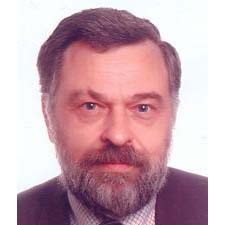
Plenary Speakers

Dr. Garrison W. Cottrell
University of California, San Diego, USA
MVML'22 Plenary Speaker
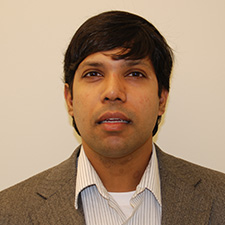
Keynote Speakers


Dr. Vaclav Skala
University of West Bohemia, Czech Republic
CIST'22 Keynote Speaker



